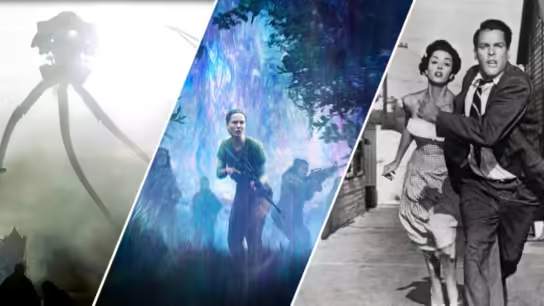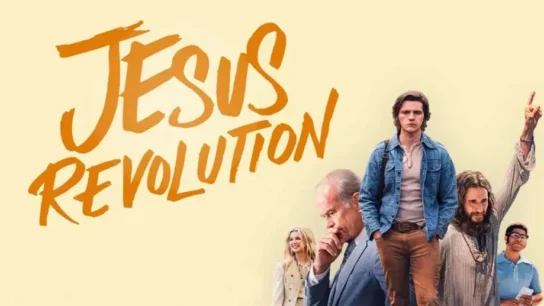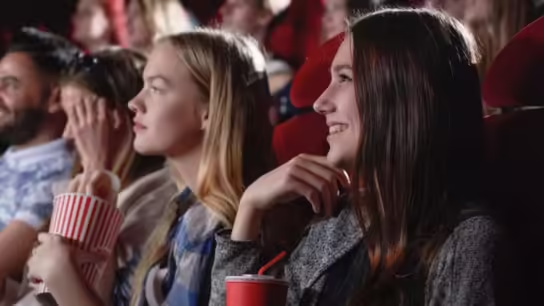In the world of cinema, where brevity often reigns supreme, there exists a category of films that defy conventional runtime limits: movies that stretch beyond the three-hour mark. These cinematic epics, characterized by their extended duration, have a unique allure and challenge both for filmmakers and audiences alike.
Crafting a Cinematic Journey
Movies that exceed three hours in length are often ambitious in scope, aiming to immerse viewers in expansive narratives, intricate character development, and breathtaking visual landscapes. Directors utilize this extended time frame to delve deep into plot complexities, allowing for nuanced storytelling and detailed world-building that shorter films may struggle to achieve.
1. Narrative Depth and Complexity:
- Character Development: Longer runtimes enable filmmakers to develop characters over time, allowing viewers to form deep emotional connections.
- Plot Dynamics: Complex storylines can unfold gradually, building tension and intrigue without rushing pivotal moments.
2. Visual and Emotional Immersion:
- Cinematic Spectacle: Epics often feature grandiose cinematography and set pieces that captivate audiences, utilizing the extended runtime to showcase stunning visuals.
- Emotional Resonance: Lengthier films can explore profound themes and emotions, evoking a more immersive experience that resonates long after the credits roll.
Audience Engagement and Challenges
While extended films offer substantial rewards, they also present challenges for both filmmakers and viewers:
1. Attention Span and Pacing:
- Viewer Endurance: Sustaining engagement over several hours requires skillful pacing and a compelling narrative to prevent viewer fatigue.
- Directorial Precision: Filmmakers must balance storytelling ambition with audience attention spans, ensuring every minute contributes meaningfully to the overall narrative arc.
2. Cultural Impact and Legacy:
- Critical Reception: Longer films often provoke intense critical scrutiny, with reviewers assessing whether the extended runtime enhances or detracts from the film’s impact.
- Cultural Legacy: Epics that successfully navigate their extended runtime can achieve iconic status, influencing future generations of filmmakers and becoming touchstones of cinematic history.
Notable Examples
Several films have embraced the challenge of extended runtimes, leaving an indelible mark on cinema:
- “Lawrence of Arabia” (1962): Clocking in at over three hours, this epic biographical film is renowned for its sweeping desert landscapes and complex portrayal of T.E. Lawrence.
- “The Godfather Part II” (1974): Francis Ford Coppola’s crime saga spans multiple generations and over three hours, exploring themes of power, family, and betrayal.
- “Titanic” (1997): James Cameron’s romantic disaster epic uses its three-hour-plus runtime to immerse viewers in the tragic sinking of the RMS Titanic, blending historical drama with personal narrative.
Conclusion
Movies exceeding three hours challenge filmmakers to balance narrative ambition with audience engagement, offering a canvas for expansive storytelling and cinematic spectacle. While demanding in both creation and consumption, these epics have carved out a distinct place in film history, captivating audiences with their immersive narratives and enduring impact. As cinema continues to evolve, the allure of movies that exceed traditional runtime boundaries remains a testament to the enduring power of storytelling on the big screen.





